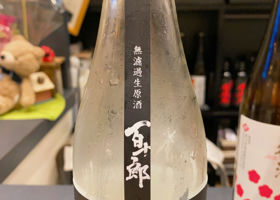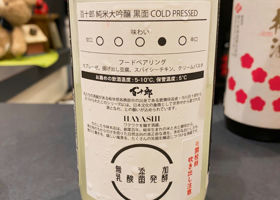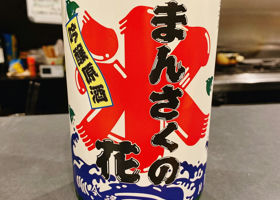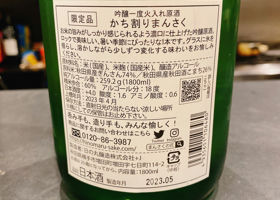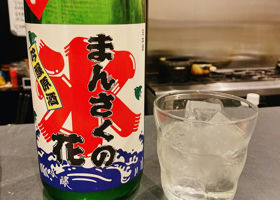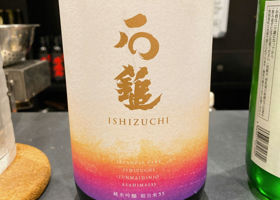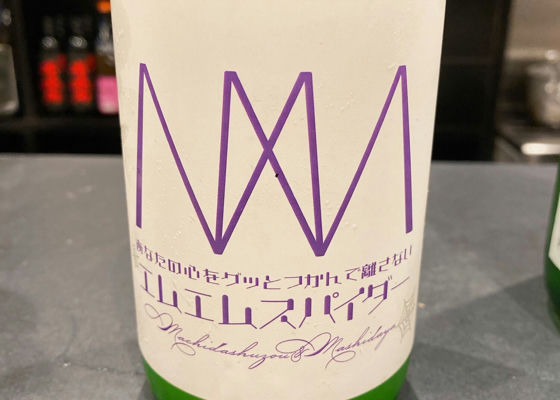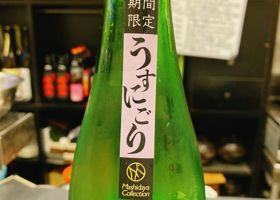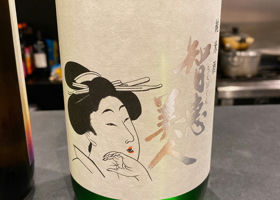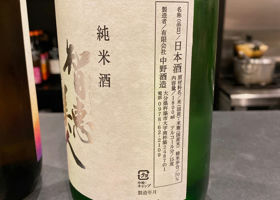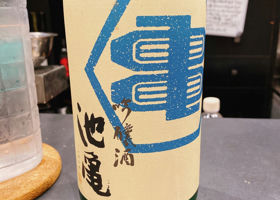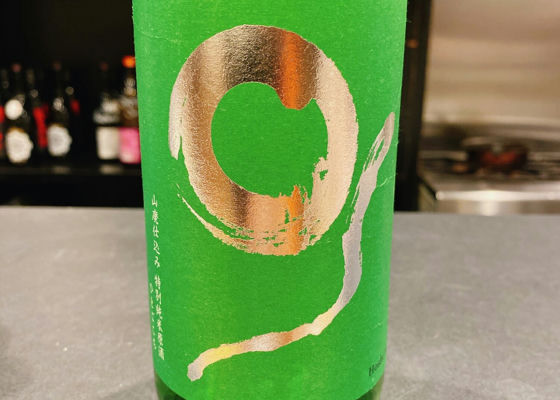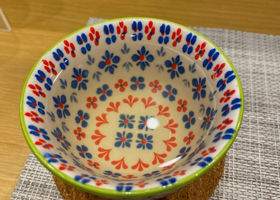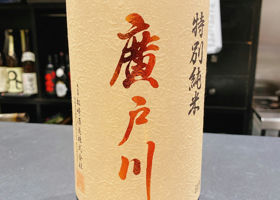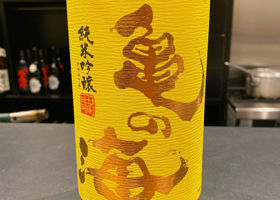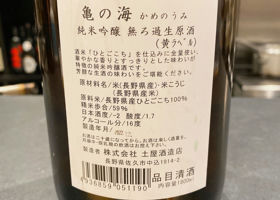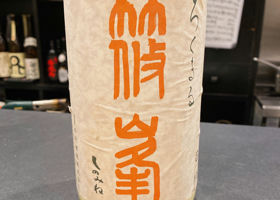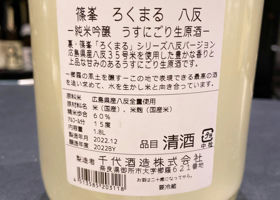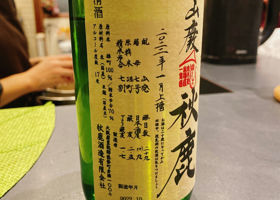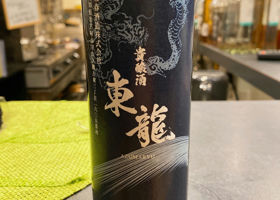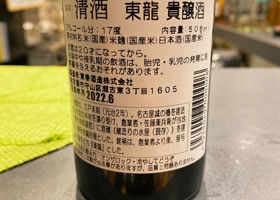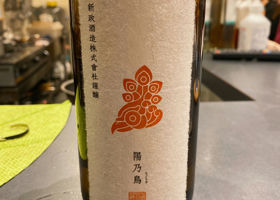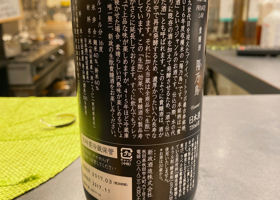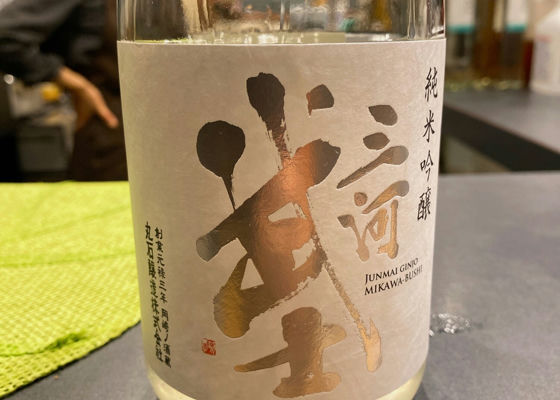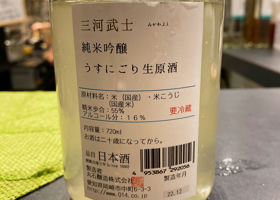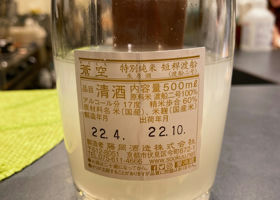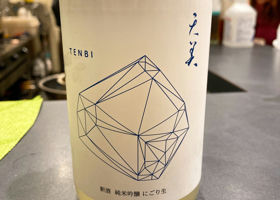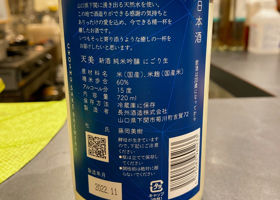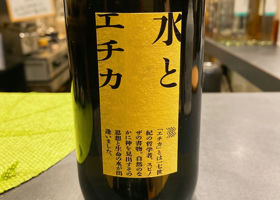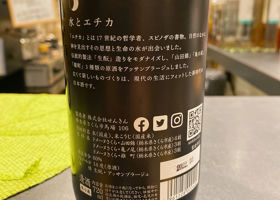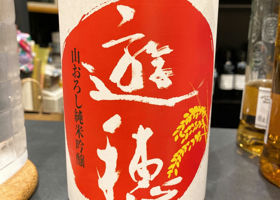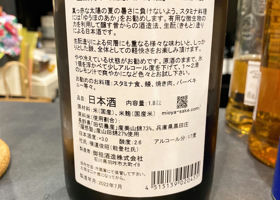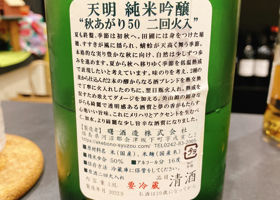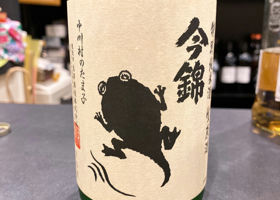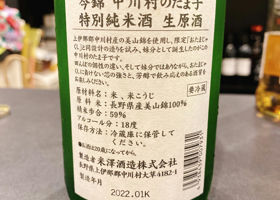Timeline
やす☆It was mouth opening so it was gassy and fresh. Creamy graininess coexists with a crisp, bitter acidity. やす☆It has a refreshing feeling that is typical of Aruzoe, and is easy to drink despite its 18% alcohol content. It is recommended to drink on the rocks, but I personally think it is better straight. やす☆It is clear and has a moderate umami flavor, just like the label on the back. It also has a good sharpness, making it ideal as a mid-meal drink. やす☆Mashidaya's PB.
The freshness of the unpasteurized sake and the juiciness typical of Machida are impressive. It has a good sense of balance with a soft graininess due to the orikiri and a crisp, bitter acidity that makes it crisp and clean. やす☆This is the first Kanji version I've had.
It has a clear, light, melon-like sweetness that one would not expect from a 70% polished sake, and it disappears quickly.
The clear, clean taste is similar to that of Hiragana Chiebijin, but it does not have a flashy sweetness and has a subdued taste, giving the impression that it is more of a food sake. やす☆First Ikegame. 20 years bottled, BY unknown.
Cheese-like aroma. There is no sense of maturity on the palate, and it has a smoothness that is typical of 50% polished aluzome. When it is cold, it is too refreshing, but as the temperature rises, the sweetness and deliciousness come out. やす☆The first Hoshiichi, R2BY, was drunk in a sake cup whose color was difficult to distinguish, but it was yellowish.
It has a clear and refreshing taste, which is hard to believe for a matured Yamahai sake. When I saw the specs, I thought it might be suitable for warming up, but I think it would be better at room temperature, where the moderate umami flavor would spread. やす☆A standard "Tokujun".
Stable clear flavor. Not flashy, but modern, this exquisite sense of balance and the feeling of softness that increases as the temperature rises is irresistible. やす☆Tasted again at Ante on 8/12. At room temperature, the wine had the same clear and moderate umami as usual. The sharpness with acidity was stronger than usual, probably because it has been bottled for a while. やす☆Fruity aroma. Although it has the roughness of a raw sake, the gently fruity flavor, reminiscent of melon, is impressive.
It is the sweetest of all the Kame-no-umi I have had so far. やす☆There is a sense of gas, as if not much time has passed since the bottle was opened.
When chilled, the crispness with acidity leaves a lasting impression. As the temperature rises, a light nigori-like graininess comes out and the balance improves. やす☆When served cold, it has umami, but it has a closed feeling. When heated to 70℃, it opens up with a glossy, candy-like sweetness and umami. It is a good choice for warming up Aki-shika. やす☆It has a mild sweetness typical of kijo-zake. Compared to Yonotori, it gives the impression of being closer to the royal road of kijo-zake. やす☆It was aged for five years at home. It has the sweetness of kijo sake, but it is not harsh, and the subtle acidity gives it a Shinsei character. やす☆Slightly fresh. The taste is clean and elegant, with a lingering light nigori rice flavor. やす☆It was thought to be a new sake, but it was a R3BY sake that was aged for half a year in the brewery. It has a thick, robust flavor. やす☆Shuwashuwa. Milky sweetness and flavor, and a refreshing acidity. Delicious again this year. やす☆It is a raw sake made from a traditional sake yeast yeast yeast, but it is not too heavy, probably due to the fact that it is 14%, and is tightened by a refreshing acidity. やす☆It has a clear mouthfeel with good umami and sharpness. It gives the impression of being easy to drink for a sake. やす☆I had a draft of Aki-agari at home a while ago, but this one is fire-aged.
It is clear and melon-like fruity, just like the raw. The impression is that it is light for an autumn sake. やす☆The first sip is received. It has a strong, mild, honey-like sweetness. The aftertaste has a little bit of the alcohol taste that is typical of nama sake. RecommendedContentsSectionView.title


